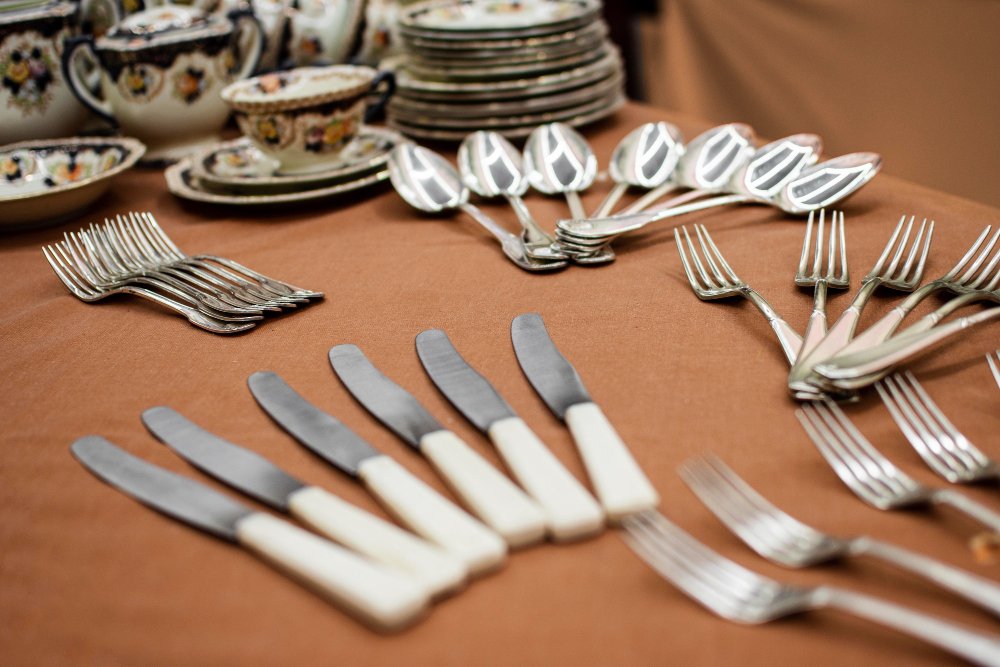Running a restaurant in the USA is exciting, but it also comes with many challenges. One of the biggest struggles for restaurant owners is keeping costs under control. Between rent, staff wages, food ingredients, and utilities, the bills can quickly pile up. To stay profitable, restaurant owners must find smart ways to cut costs without lowering the quality of service. One of the best solutions is buying wholesale restaurant supplies. This approach helps restaurants save money, streamline operations, and run more efficiently. This blog explores how wholesale buying works, why it saves costs, and the key benefits it offers restaurants.
The Cost Challenges in the Restaurant Industry
Restaurants have many expenses every single day. From napkins to kitchen equipment, the small things add up fast. Buying from local retail stores might seem convenient, but it often comes with higher prices. When a restaurant pays more for basics like cleaning products, paper goods, or utensils, the profit margin gets smaller. Over time, this makes it harder to manage the business. That’s why many restaurant owners turn to wholesale purchasing—it offers a smart way to cut costs while maintaining quality.
What Does Wholesale Mean?
Wholesale means buying products in large quantities directly from a distributor or manufacturer, rather than from a retail store. Since wholesalers sell in bulk, the cost per unit is much lower. For example, buying 500 sets of napkins at once costs less per piece compared to buying a small pack of 20 from a store. Restaurants rely on many daily essentials, and buying in bulk is a smart move. From kitchen tools to cleaning and packaging, wholesale deals keep supplies steady at lower costs.
How Wholesale Supplies Cut Costs
Wholesale supplies help restaurants save money in several important ways:
- Lower Prices Per Unit: When restaurants buy in bulk, the price per item drops. For instance, purchasing 1,000 disposable cups wholesale will cost much less than buying small packs from a supermarket. Over the course of a year, these savings add up to thousands of dollars.
- Fewer Trips and Deliveries: Buying wholesale means fewer shopping trips or deliveries. Instead of ordering supplies every week, restaurants can stock up for longer periods. This reduces transportation costs, delivery fees, and the time spent managing frequent orders.
- Less Risk of Running Out: Running out of essential supplies during a busy service can hurt customer satisfaction. Wholesale buying helps prevent this problem because restaurants have enough stock on hand. It’s not only cheaper but also keeps operations running smoothly.
- Better Budget Planning: Since wholesale orders are made in bulk, restaurants can better plan their monthly budgets. Owners know exactly how much they’re spending and can avoid the surprise of sudden price increases at retail stores.
The Hidden Benefits of Wholesale Supplies
Cost savings are the main benefit, but wholesale buying also offers other advantages that help restaurants succeed.
Consistency in Quality
Wholesalers often provide reliable and consistent products. This helps restaurants maintain the same level of service for customers. For example, having the same size of to-go boxes every time ensures portions look neat and professional.
Strong Supplier Relationships
When restaurants buy regularly from wholesalers, they build strong partnerships. Over time, this can lead to special discounts, early access to new products, or even flexible payment terms.
Less Waste
Buying in bulk also reduces packaging waste. Instead of opening small packs again and again, restaurants get larger containers that last longer. This supports eco-friendly practices and lowers trash disposal costs.
Wholesale vs. Retail: A Simple Comparison
To really see the difference, let’s compare wholesale buying with retail buying:
- Retail: Higher prices, smaller quantities, frequent trips to restock, and limited options.
- Wholesale: Lower prices, bulk quantities, fewer trips, and a wide product selection.
Clearly, wholesale is the smarter choice for restaurants that want to save money and work more efficiently.
Making the Switch to Wholesale
If a restaurant is used to buying from local stores, switching to wholesale might feel like a big step. But the process is simple. Here are a few tips to get started:
- Identify the Essentials: Start with the most used items like napkins, cutlery, cups, or cleaning supplies.
- Compare Suppliers: Check prices, delivery times, and product options from different wholesalers.
- Start Small: Test wholesale orders for a few items before switching completely.
- Track Savings: Compare how much money is saved over a few months to see the real impact.
By taking these steps, restaurants can gradually shift to wholesale buying without stress.
Why It Matters for Restaurants in the USA
The restaurant industry in the USA is highly competitive. To stay ahead, owners must cut unnecessary costs while keeping customers happy. Buying wholesale restaurant supplies makes this possible by lowering daily expenses, ensuring consistent quality, and making operations easier. With wholesale, restaurants don’t just save money. They also gain peace of mind knowing they’ll always have the supplies they need to serve their customers.
Conclusion
Running a successful restaurant is about balancing great food and excellent service with smart financial decisions. Wholesale buying is one of the most effective ways to achieve this balance. By lowering costs, reducing waste, and keeping supplies steady, wholesale purchasing helps restaurants focus on what really matters—making customers happy. For any restaurant owner in the USA looking to improve profits without sacrificing quality, wholesale supplies are the key to long-term success.
